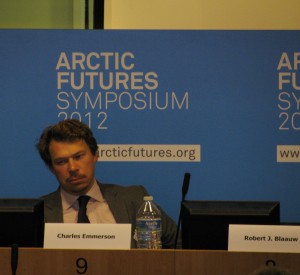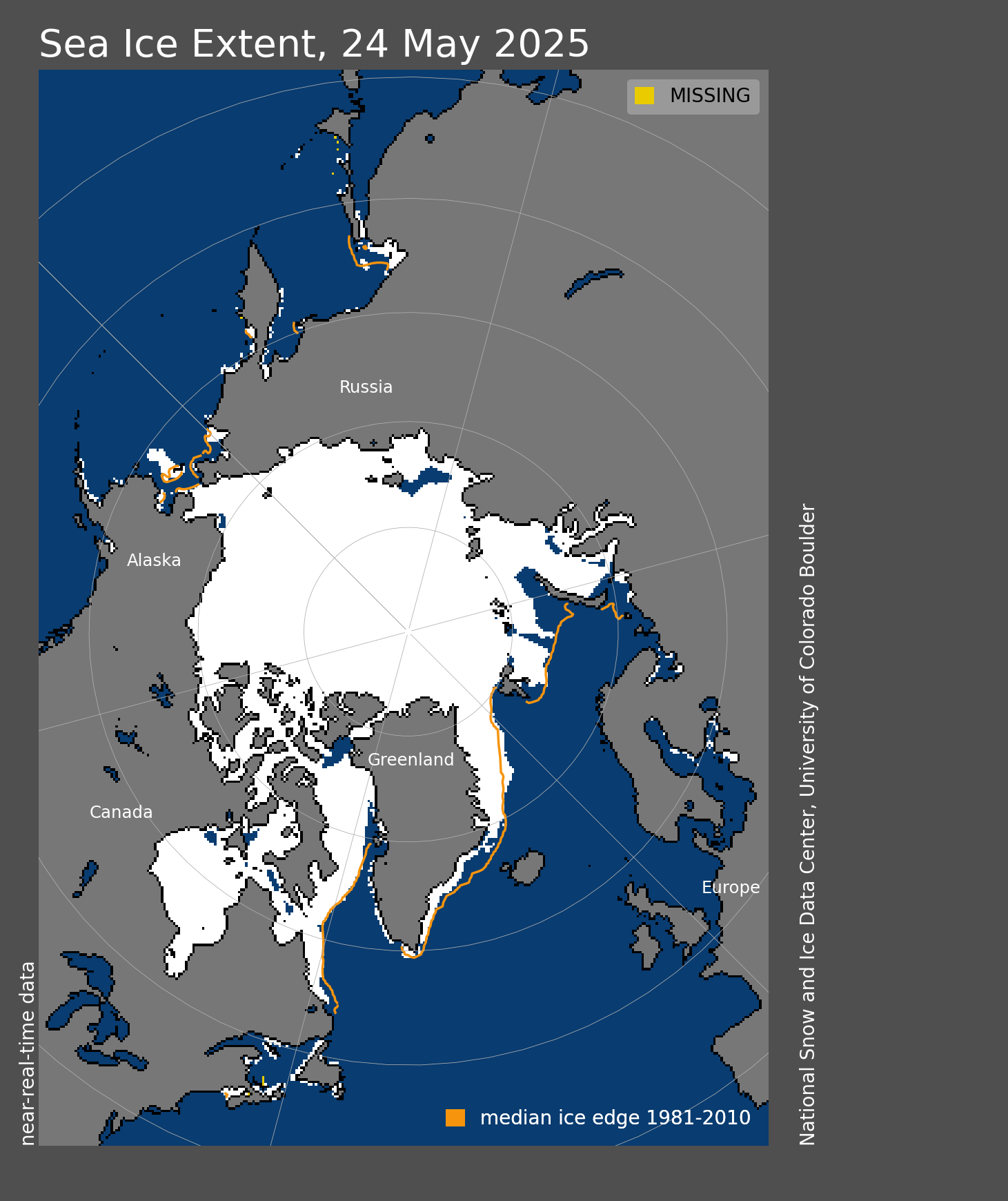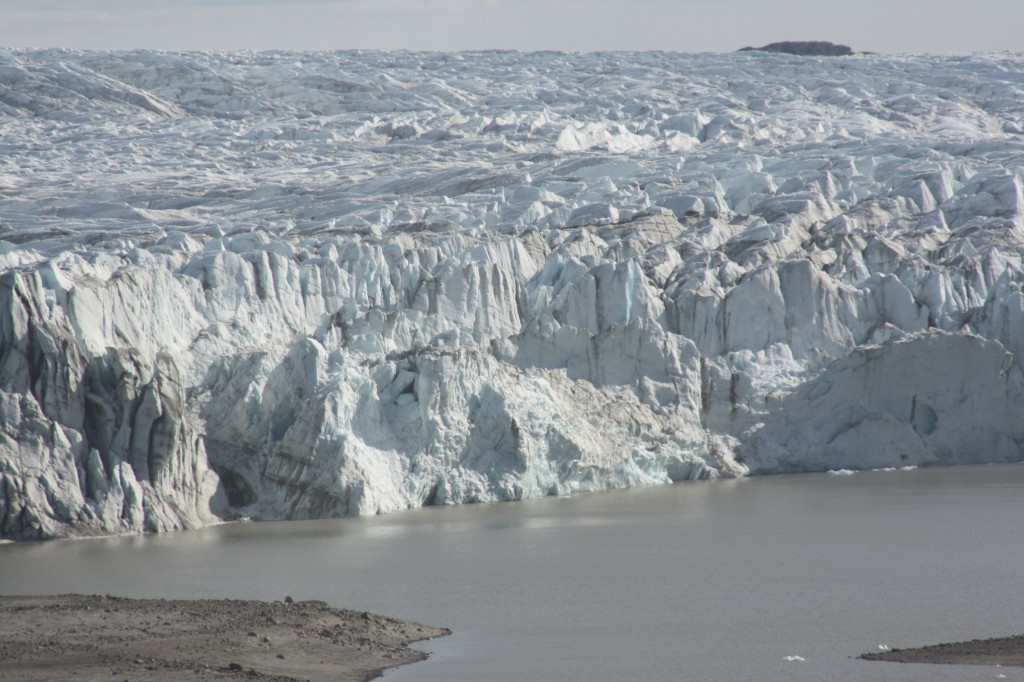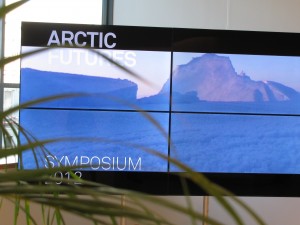Search Results for Tag: ice
The state of the climate report
This will probably be the last blog post for a few weeks, as the Ice Blogger is looking forward to a long, relaxing holiday. Let me draw your attention to the “monthly global state of the climate reports” published by the National Climatic Data Center of NOAA.
It seems slightly bizarre to see some of the anomalies and records there for September described as “Global Highlights”, but assuming we mean highlights in terms of particularly striking events as opposed to features to rejoice about, let me give you a few for September from the NCDC report:
The average combined global land and ocean surface temperature for September 2012 tied with 2005 as the warmest September on record, at 0.67°C (1.21°F) above the 20th century average of 15.0°C (59.0°F). Records began in 1880.
The globally-averaged land surface temperature for September 2012 was the third warmest September on record, at 1.02°C (1.84°F) above average. The globally-averaged ocean surface temperature tied with 1997 as the second warmest September on record, at 0.54°C (0.97°F) above average.
The average combined global land and ocean surface temperature for January–September 2012 was the eighth warmest such period on record, at 0.57°C (1.03°F) above the 20th century average.
![]() read more
read more
Oil from the Arctic: to drill or not to drill…

Charles Emmerson listening to the presentation by Robert J. Blaauw, senior Arctic Adviser with Shell.
Is not such an easy question to answer, Charles Emmerson from the British think-tank Chatham House told the Arctic Futures conference hosted by the International Polar Foundation and the EU committee of the regions in Brussels. In a session on the future of energy resources in the Arctic, he said it depends on various factors, including geographical location, economic costs and geo-political aspects. Emmerson was co-author of a study Arctic Opening: Opportunity and Risk in the High North for Chatham House and Lloyds.
![]() read more
read more
Arctic Futures up for Debate
I am in Brussels at the moment for a symposium being held by the International Polar Foundation looking at future scenarios for the Arctic. It has been an interesting day with representatives from the Arctic countries giving their perspectives on Arctic change and what consequences it is likely to have. With the future of energy resources as one of the key topics, it is hardly surprising that Greenpeace were demonstrating outside the conference venue this morning, drawing attention to their campaign to save the Arctic from oil drilling.
![]() read more
read more
“Svalbard bears on the move”
I found the latest online edition of WWF Arctic‘s newsletter The Arc in my in-box today. For a Friday afternoon or weekend pastime, I would recommend a look. I was particularly interested in the item about polar bears on Svalbard, following the sea ice or locating a dead whale. Having been on the Arctic island a few times it holds a special interest for me. And the chance to track polar bears moving around is absolutely fascinating. The bear tracker site does just that. There’s also a video of how researchers on the ground work with the bears. Can you imagine putting your hand between the jaws of a giant white bear? 😉
Arctic ice melt: worst fears confirmed

Arctic sea ice decline, courtest of National Snow and Ice Data Center
Well, the scientists have been predicting it for a good few weeks now. The Arctic ice has finally reached its lowest extent since satellite records began in 1979. And it could still decrease further as changing winds push ice floes together, according to the US National Snow and Ice Data Centre ISIDC. The final figures will only come in October, but the long-term downward trend in Arctic ice extent is reinforced, according to NSIDC. The ice is now 45% less than it once was.
![]() read more
read more























Feedback